Beachwatch: Northern beaches swimming spots are in tip top health, water quality figures show
It’s official, Sydney’s cleanest beaches are north of the Harbour. Find out how your favourite beach rates in the latest water quality report.
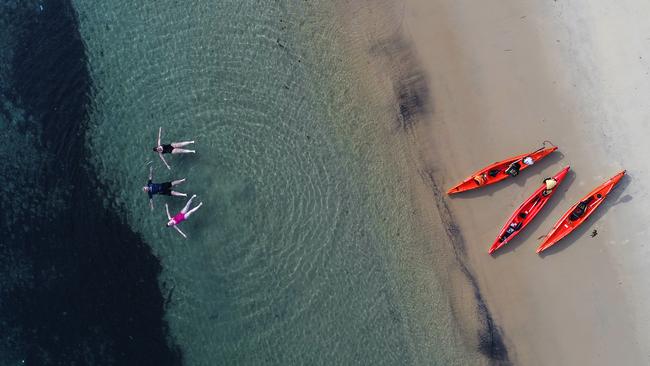
Manly
Don't miss out on the headlines from Manly. Followed categories will be added to My News.
- Manly league star charged over ‘restaurant fight’
- ‘To bake, or not to bake’: Pie shop’s COVID closure question
The northern beaches has long prided itself on having the best, and cleanest, beaches in Sydney.
Here’s the proof.
According to the latest Beachwatch annual report, water quality at every ocean beach from Manly to Palm Beach is rated as either “very good”, or “good.
Pollution levels are also low at 15 beaches in our parts of Sydney and Middle Harbour, as well as Pittwater.
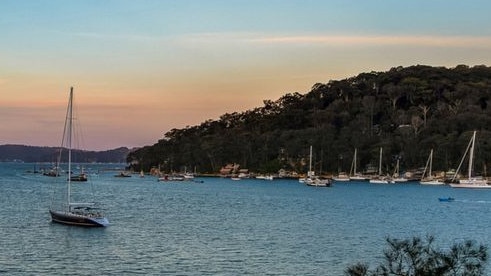
Not one ocean or estuarine swimming spot registered a “fair” or “poor” rating in the just released “State of the beaches 2019–2020” report by the state government’s Environment Department’s Beachwatch program.
But in the eastern suburbs two swimming spots were given “poor” ratings — Malabar and Rose Bay beaches.
There were also “fair” and “poor” rating for spots ion the southern suburbs at Gymea Bay Baths and Foreshore Beach on Botany Bay.
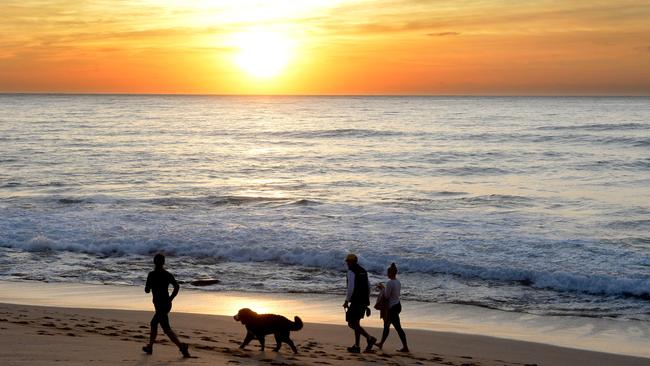
The report card assessed 32 swimming sites in Northern Beaches Council’s jurisdiction, and found that many sites had “excellent water quality and were suitable for swimming almost all of the time”.
There was a bit of a blemish on our record however.
The report showed that the ratings for Mona Vale Beach and Shelly Beach at Manly, dropped from “very good” to “good in the 12 months to July 2020.
But Elvina Bay in Pittwater was upgraded in 2019–2020 to “very good” from “good” due to “improved microbial water quality”.
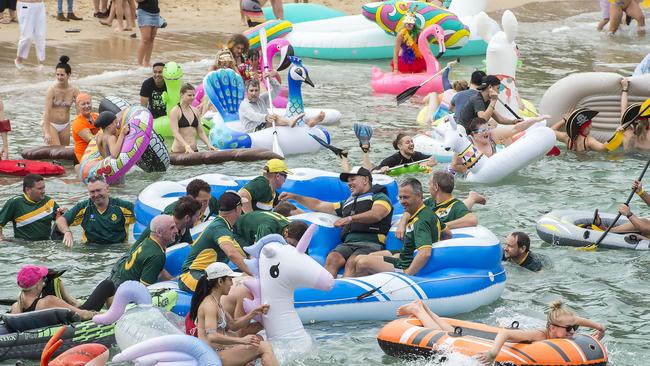
Beachwatch officers visit our beaches every six days to sample and analyse the ocean water to assess the risk of illness from faecal contamination. The results are based on microbe levels. Contaminated water can cause skin infections, vomiting and disease.
In its report Beachwatch said the “excellent” results along most of NSW coast reflected prolonged dry weather conditions in many coastal areas, despite isolated rainfall events and a “very wet” February on the NSW coast.
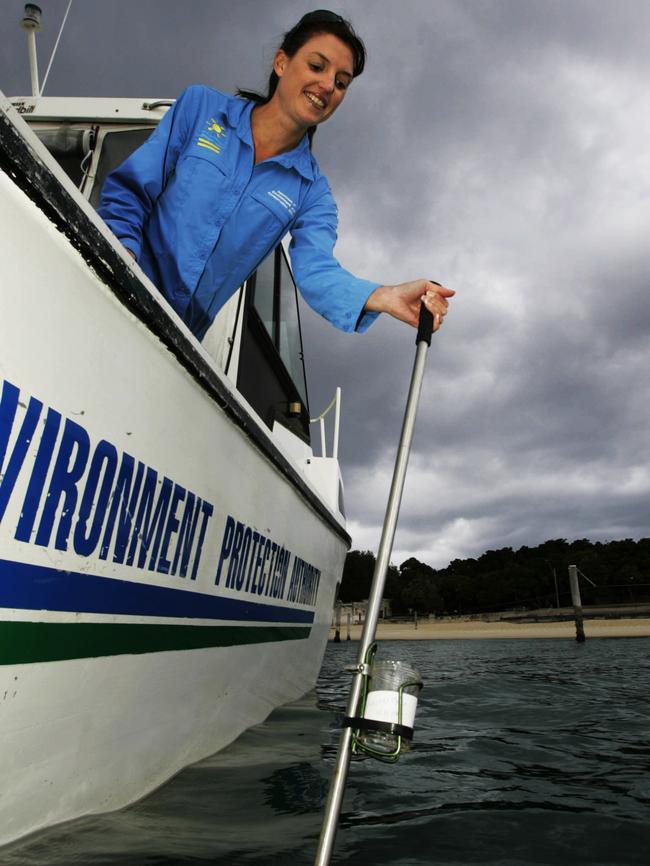
“Many estuarine and lake and lagoon swimming sites did not perform as well as the ocean beaches, being more susceptible to impacts from wet weather conditions,” it said
The report said rainfall was the major driver of pollution to recreational waters, generating stormwater run-off and triggering untreated discharges from the wastewater treatment and transport systems.
Mayor Michel Regan said the council was proud of its natural environment and iconic beaches.
“The 2019-20 Beachwatch report card results are a great feather in the cap for all the residents of the northern beaches,” Cr Regan said.
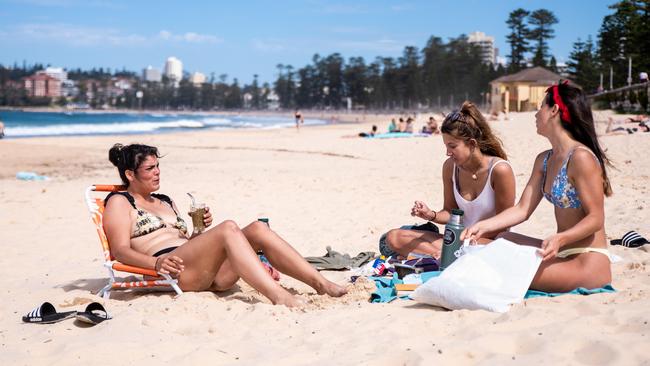
“Council’s Environment and Compliance staff work closely together along with Sydney Water to minimise the impact of sewage on our creeks and beaches.
“When alerts of sewage overflows or leaks are received, Council staff move quickly to help contain flows, initiate a clean-up program and monitor water quality until the risk to recreational users is minimised.
“The combination of sewer network upgrades in the catchments, stormwater abatement programs and a dry 2019-20 year are contributing factors that led to this excellent result for the northern beaches.”
STATE OF THE BEACHES: (Source: Beachwatch 2019-20)
Very good:
Palm, Whale, Avalon, Bilgola, Newport, Bungan, Dee Why and South Curl Curl beaches, Elvina Bay, The Basin and Great Mackerel Beach
Good:
Mona Vale, Warriewood, Turimetta, North Narrabeen, Collaroy, Long Reef, North Curl Curl, Freshwater, Queenscliff, North Steyne, South Steyne and Shelly beaches as well as Narrabeen Lagoon, Barrenjoey Beach, Paradise Beach Baths, Clareville Beach, Taylors Point Baths, Bayview Baths, North Scotland Island, South Scotland Island, Clontarf Pool, Forty Baskets Pool, Fairlight Beach, Manly Cove and Little Manly Cove.
